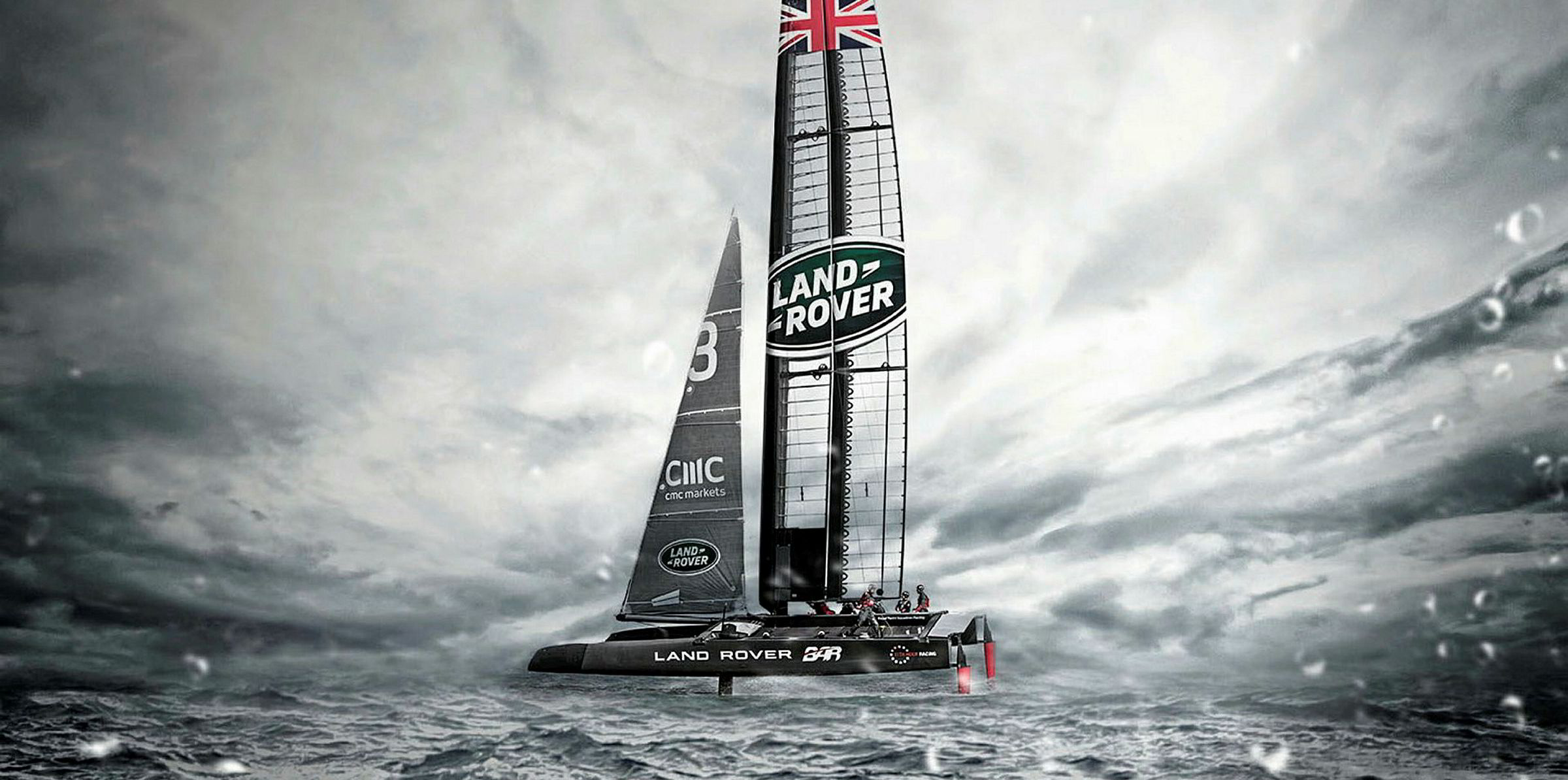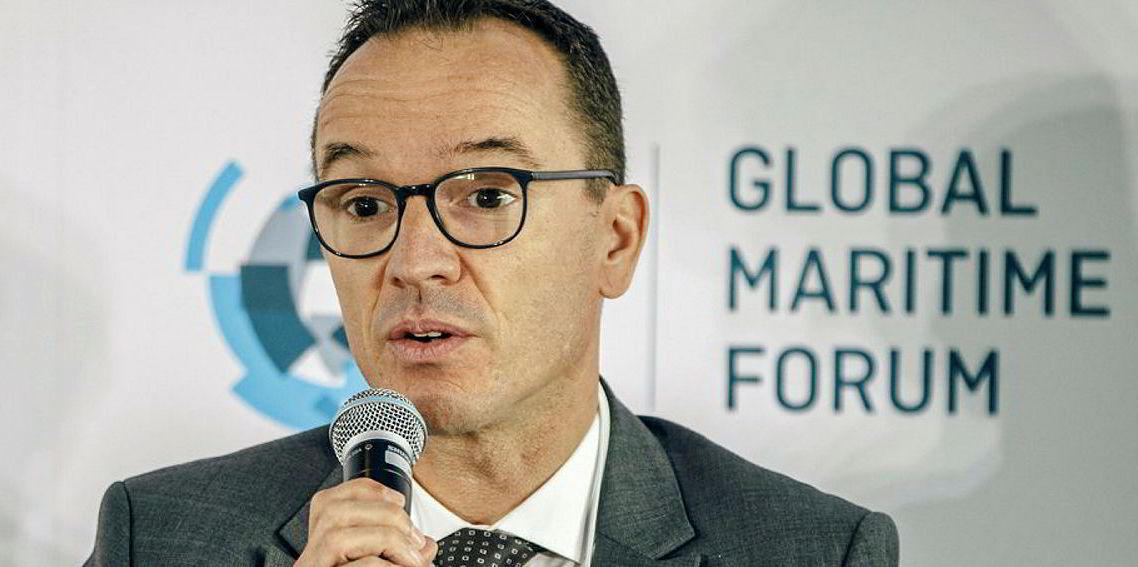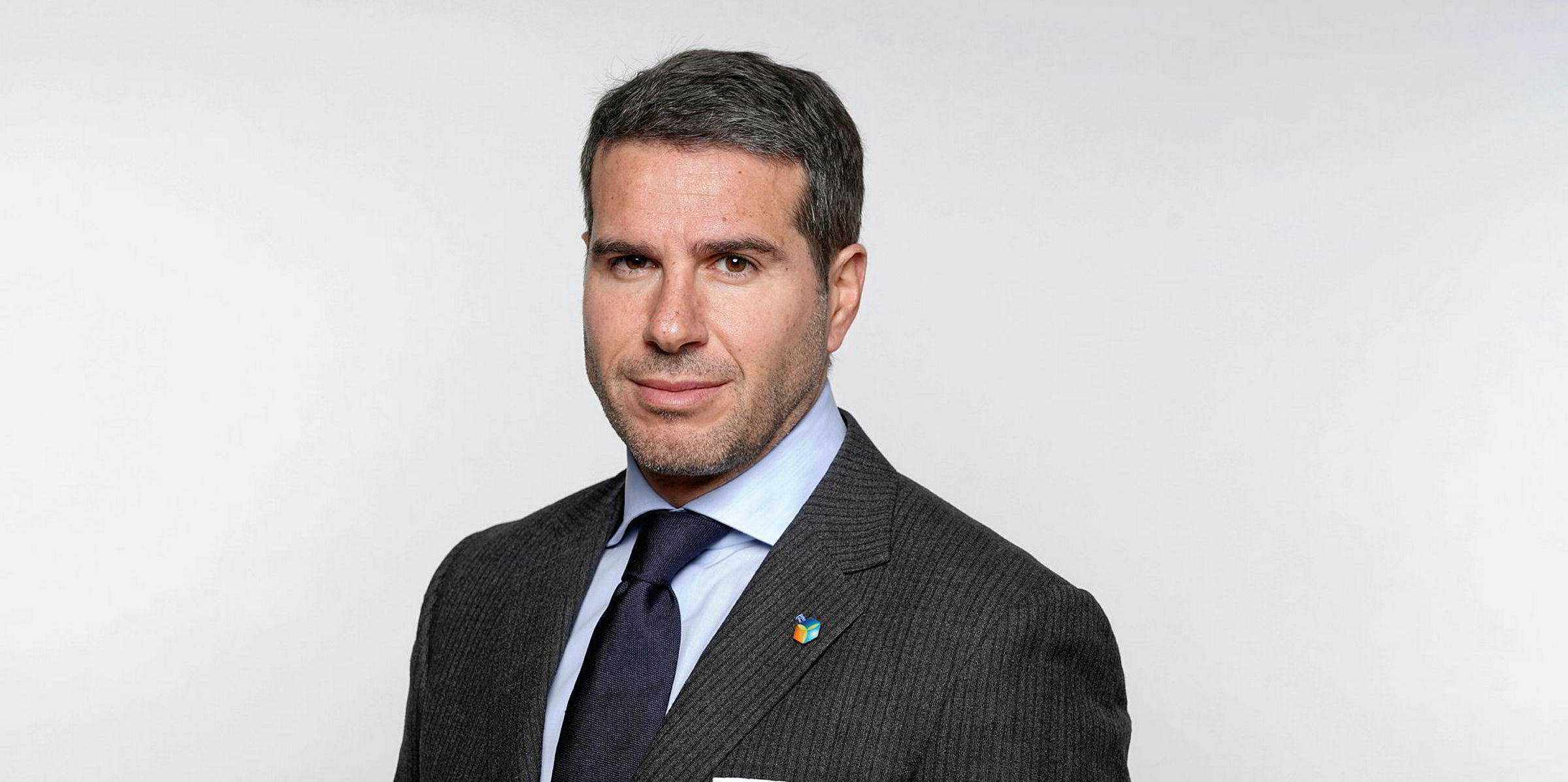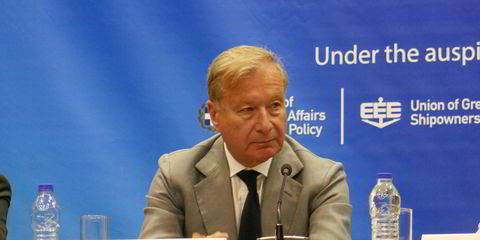Cargill has revived its interest in wind power — to cut fuel consumption and carbon emissions from the ships it charters — eight years after an earlier scheme proved premature and was axed.
The trading giant plans to use insight from America’s Cup yacht racing to help design a prototype solid wing sail that it says could cut CO2 emissions by up to 30%.
The plan involves technology from BAR Technologies, a spin-off from Olympic sailing champion Ben Ainslie’s attempts to win the prestigious America’s Cup.
Next year, Ainslie will attempt to win the trophy for the UK for the first time in its 132-year history, with a team sponsored by chemicals giant Ineos.
Cargill Ocean Transportation president Jan Dieleman said: “Through this partnership, we will bring bespoke wind solutions to customers who are actively seeking to reduce CO2 emissions from their supply chain.”
Bespoke solutions
The agricultural giant's ocean shipping unit has launched a strategic project with Chinese-owned naval architect Deltamarin to fit one or more solid wing sails of up to 45m in height to tankers and bulkers.
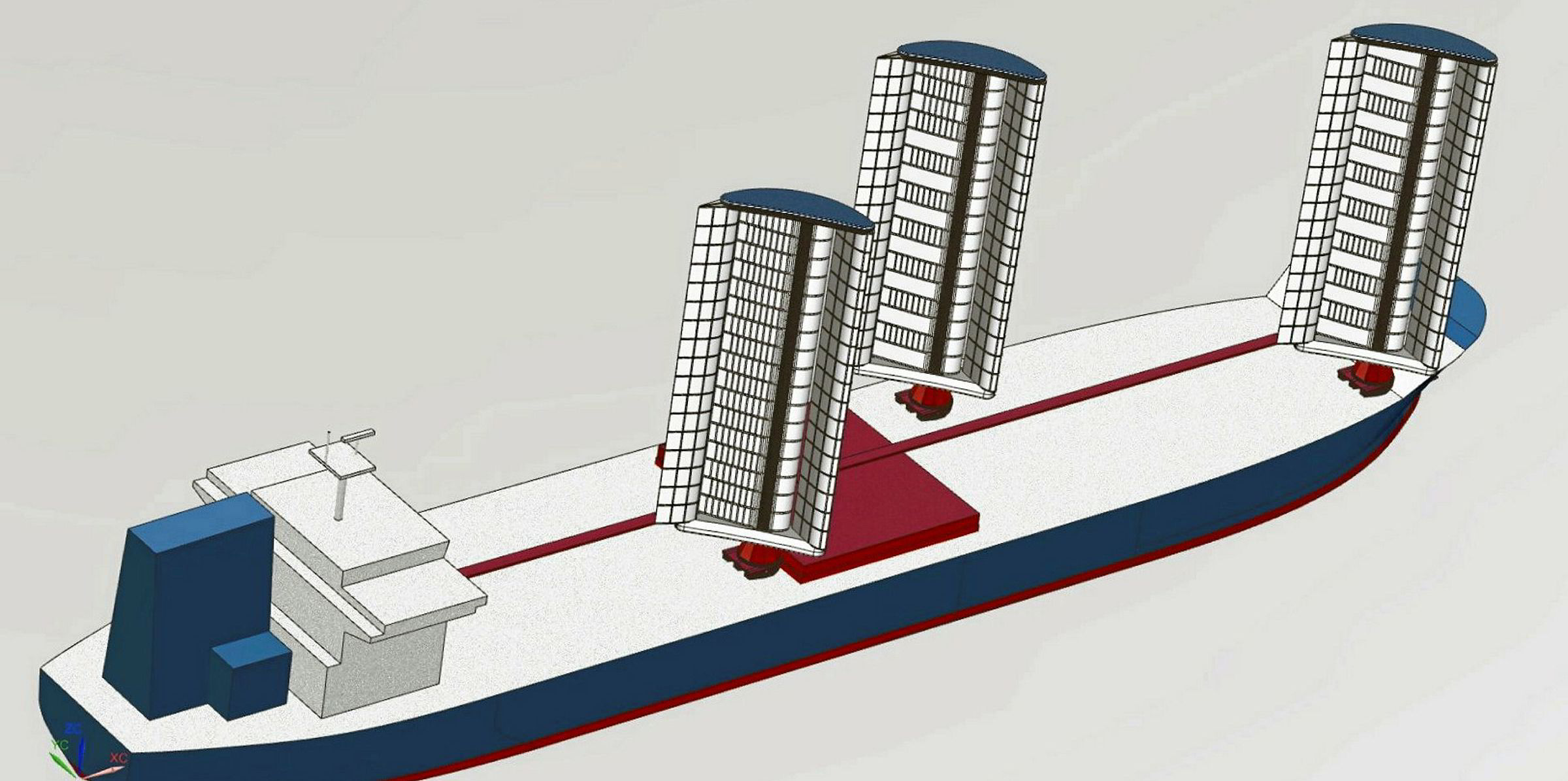
Cargill dabbled in wind technology to cut emissions nearly 10 years ago, with a pilot project that saw a SkySails kite fitted to a 28,500-dwt bulker. The project failed as the technology had not reached an adequate level, the company told TradeWinds this week.
“That setback didn’t put us off," Cargill said. "Instead, we invested in a higher level of up-front performance modelling and design analysis. This is the work that led us to BAR Technologies.”
Formula One
BAR Technologies’ so-called WindWings concept is the brainchild of a team led by Martin Whitmarsh, former team principal of McLaren Formula 1, and former America’s Cup designer and engineer Simon Schofield.
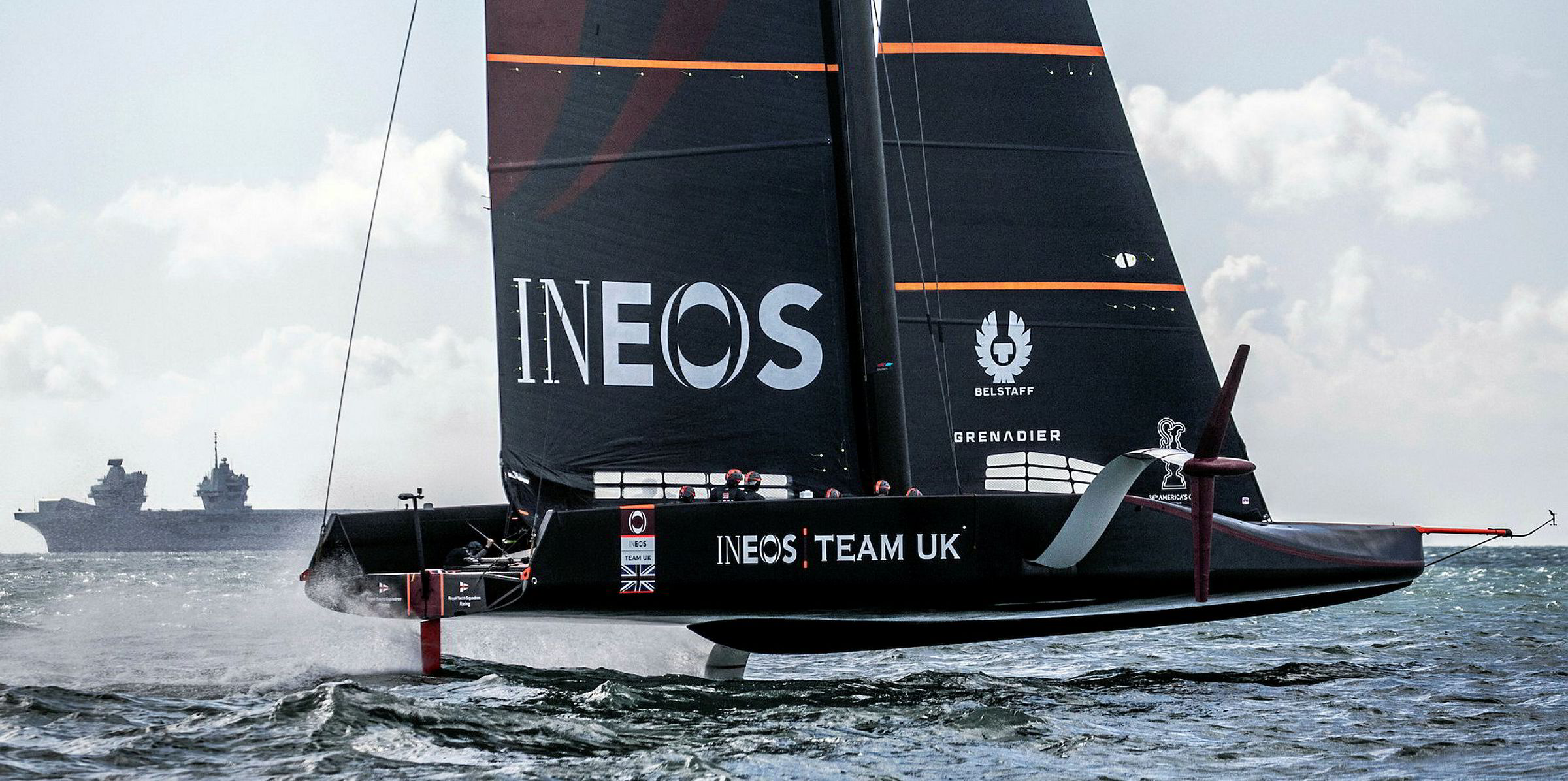
Cargill said the project would start with product tankers before transferring the technology to bulkers. The first installations are expected to be on the water by 2022, with expected initial savings of about 20%.
The agricultural products trading firm said it was talking to various parties about the product tanker trials but had not yet made any commitments.
Cargill already has a close partnership with Maersk Tankers and Mitsui & Co on fuel-saving and emission-reductions strategies, where shipowners agree to vessel adaptations on chartered ships funded by fuel savings.
Dieleman said: “Changing regulations and uncertainty about future greener marine fuels makes choosing the right vessel to charter with a long-term view complicated.
“With the WindWings technology, Cargill will be able to offer customers a solution that improves vessel efficiency, independent of the fuel or type of engine used.”
Maersk Tankers has itself also been experimenting with wind power. A year ago, it said it intended to keep rotor sails fitted to one of its LR2 product tankers after trials showed an 8.2% fuel saving.
Cost of the sails has not yet been established, with BAR Technologies investigating several manufacturing options.
“However, we believe that the payback periods will be similar to the alternatives,” Cargill said.
Whitmarsh, chairman of BAR Technologies, said: “Cargill’s endorsement of our technology is a very significant step forward at the forefront of the industry. Together we’re putting our words into action, marking this project as a first of its kind.”
BAR Technologies has already signed two contracts for work on unnamed new vessels combining WindWings with hull optimisation.
John Cooper, the company’s chief executive and another former senior leader at McLaren, added: “Wind is a near marginal cost-free fuel and the opportunity for reducing emissions, alongside significant efficiency gains in vessel operating costs, is substantial.
“We’ve invested in our unique wind-sail technology to provide vessel owners and operators with an opportunity to realise these efficiencies.”
In recent days, Ainslie's yacht Britannia took its first runs in Waitemata Harbour in Auckland, New Zealand, where the America’s Cup warm-up races begin in late December.
